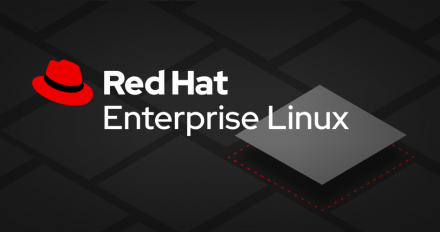
Article
Build your first application using PHP with Red Hat Container Development Kit (CDK)
Get started building PHP applications in docker formatted containers using the Red Hat Container Development CDK (CDK) 2. Introduction and Prerequisites In this tutorial, you will learn how to start building PHP applications in docker formatted containers using the Red Hat Container Development Kit (CDK) 2 on Red Hat Enterprise Linux. You need to have CDK 2 installed and should have downloaded the Red Hat Enterprise Linux vagrant box for your system. See the CDK 2 Installation Guide for more...




